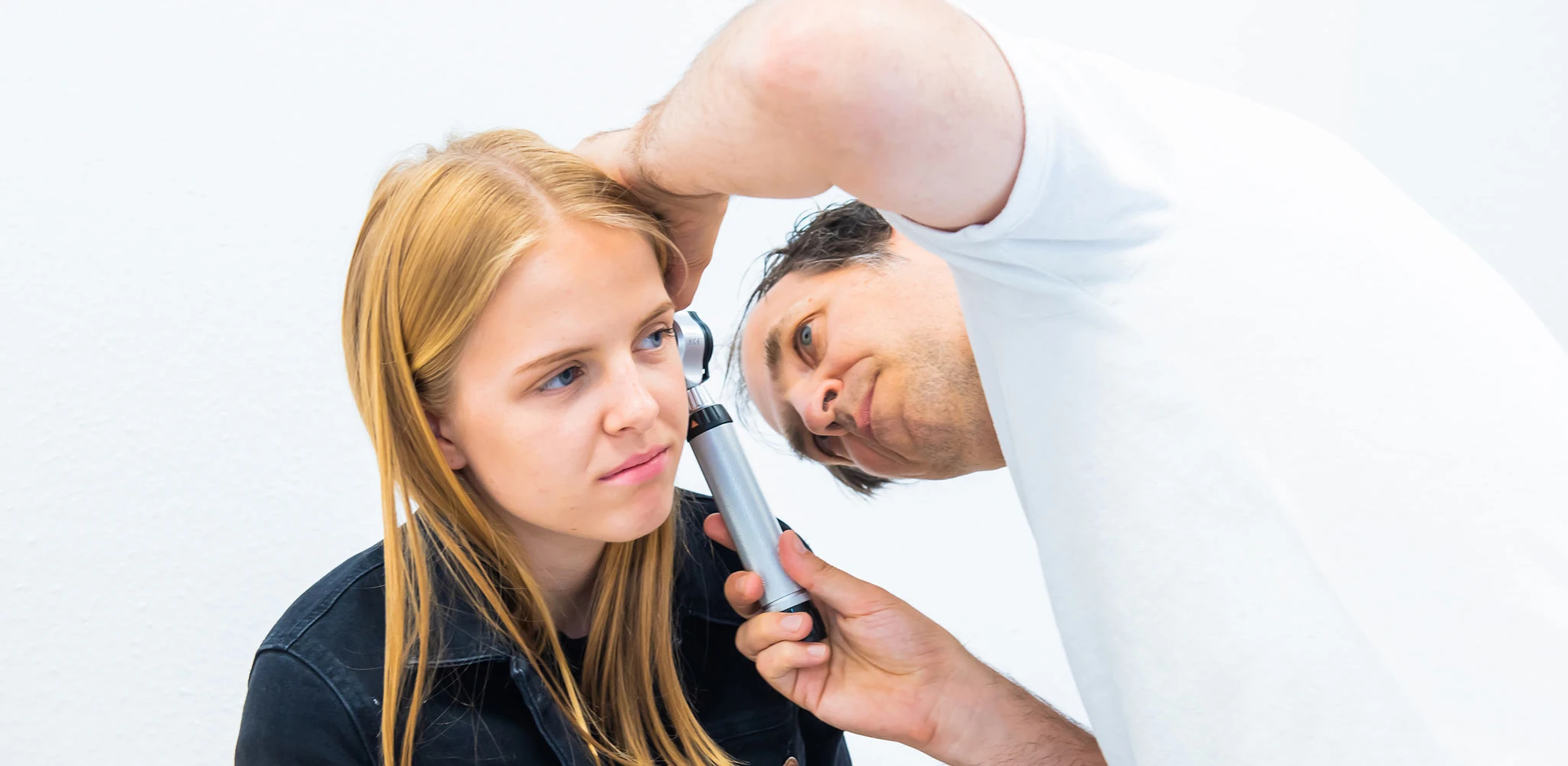React correctly in the event of a head contusion
A situation familiar to almost all parents. The child has hit their head quite hard - and now you have to decide quickly whether it is a serious injury or not. Here's how to find out.
We are all always most frightened when the head is affected in a fall or similar. And rightly so, as it is one of the most important parts of the body. And unfortunately, you don't always recognise at first glance whether something threatening is about to happen. For example, a haemorrhage below the skull, which can exert pressure on the brain. Such extreme cases can be life-threatening. But thankfully they are very, very rare.
Nevertheless, initial diagnoses by the parents are important. Please do not be alarmed if the child vomits and/or falls asleep quickly after a head contusion. This does not necessarily indicate a serious situation. However, you should pay attention to the following points:
Is the child vomiting more than three or four times? Or does the child vomit more than six hours after being injured?
If the child has fallen asleep after the event: Please wake them up after two hours. Does it then behave as usual? Is it drinking, eating, moving normally? Or does it remain sleepy, does not fully wake up, does not drink, speaks indistinctly ...
In infants, suspicious symptoms would be if they do not babble, do not make the usual sounds, do not want to drink, are not curious ...
If there is a visible haematoma, does it increase massively?
Does the child have seizures?
And most importantly, is the child behaving differently than usual?
If at least one of these points is fulfilled, please contact a doctor or the emergency services immediately. But the following also applies otherwise: stay alert for at least another 72 hours. Monitor your child closely, including letting them sleep with you in your bedroom. Wake them up every four hours during the night to check whether they can be woken up and show normal drinking behaviour. And check the pupil reaction. The pupils should both be the same width and when illuminated with a torch they should become evenly constricted.
As this may sound a little threatening, the symptoms described are the absolute exception. It really only becomes dangerous very, very rarely - but then you should recognise the signs.
Further interesting tips
Get moving!
Today the doctor has an expert at his side: Nina Kurz is a pre- and postnatal trainer and is very committed to the topic of sport for children and young people - and that's exactly what the two of them talked about.
The task of the environment
"The task of the environment is not to mould the child, but to allow it to reveal itself." So what does that mean? It means that we parents often have to think and feel what makes our child tick.
Sneezing (photic sneeze reflex)
Do you know this? You step into the sunlight and - whoops - you have to sneeze. This phenomenon is called the photic sneeze reflex. Around a third of all people have this reflex.
